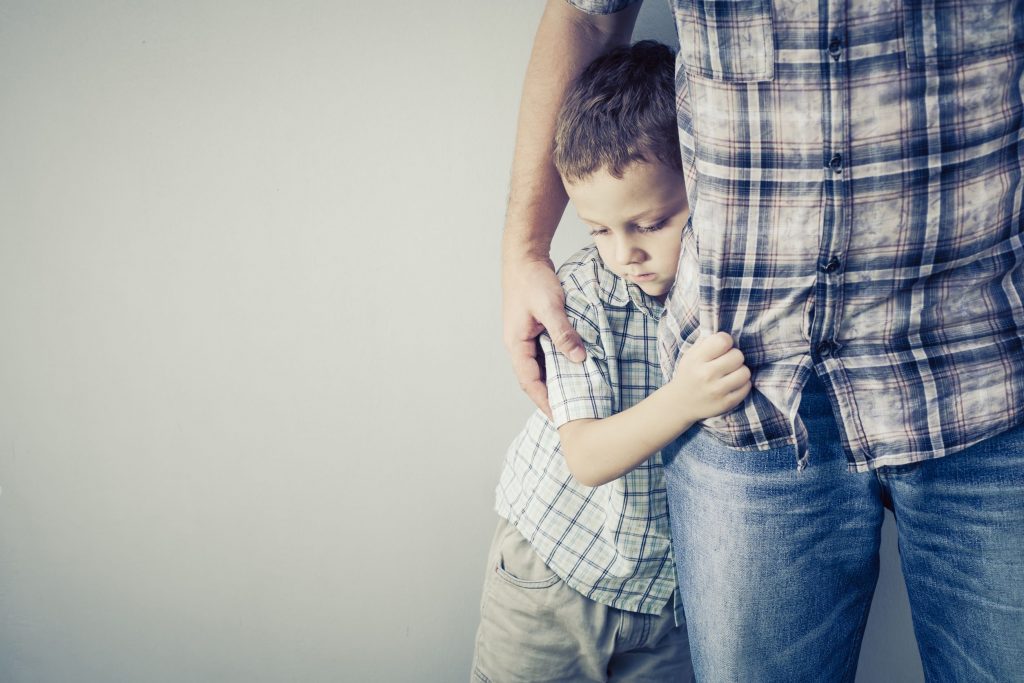By: Karissa Arce
I had a student before that was quiet…. at first. Everyone in school viewed her as a shy kid. Often, the teachers and even some parents would make it easy for her when they talk to her by not engaging in long conversation to not make her feel overwhelmed because they already know that she will barely respond. But not when she is interacting with me. I usually get to talk to her comfortably and from time to time I would tell her mom about our conversations and the mom was always surprised because even at home, she said, her daughter was quiet and shy.
At first the parent thought “oh because she trusts you” that’s why she was comfortable, and I can easily make her do whatever I tell her to do. The thing is, aside from trust, I understand that not everyone is able to catch up socially that easily. I knew early that it takes her some time before she gets comfortable with her environment through observation.
Being shy is normal. Being labeled shy however is kind of limiting. When a person feels uncomfortable, worried, or uneasy, they tend to be quiet in social situations. It’s not because they are “just” shy. It’s because they feel unsettled which makes it hard for them to relax and connect. Do you know anyone who was quiet/shy at first when you met them but now is very talkative/expressive? Yeah, they were feeling uneasy for sure.
| What we see | What we don’t see |
|
|
Are you aware of these?
Children are curious. They are often interested in many things. However, it makes them less interested the moment they feel uneasy. It is our job as adults to help them regulate those anxious feelings.
How? I got you.
First, DO NOT invalidate what they are feeling/experiencing. I try to avoid using the word “shy” when I am describing a quiet child. Normally I would describe the child’s behavior as “Chloe takes her time and observes her environment first before joining. Once she is ready, she will engage in social interaction with her peers.” Why do I do this? While it is easier to just say “Chloe is a shy kid”, my aim is to make the person I am talking to understand Chloe’s nature. I am also avoiding labeling the action, instead I am describing my observation. Sometimes, the word “shy” has a negative connotation too. So, as much as possible I try to avoid labeling the child and focus on sharing how they actually do things.
Second, if you are aware about the child’s nature, giving them a heads up would be helpful. This helps them know ahead of time what might possibly happen, and they can prepare themselves. “Hey, Chloe! Later when we start our presentation, Ratih might ask you to tell her more about what you will be presenting. Maybe she will ask you about your costume, or how you practiced, just simple questions, okay? I believe you can answer those easily because you know about it, right?” Help them feel comfortable by giving them a heads up and giving them some support that they can do it.
Third, create a safe space. It is important to let the child know that they can communicate with you when they are overwhelmed – that it is safe for them to tell you that they feel uncomfortable. Sometimes, I come up with safe words that they can say when they feel overwhelmed just in case they cannot express it in a sentence, at least a cue word would give me a clear idea that they are uncomfortable. Sometimes I also let them bring with them something that makes them feel safe – any object that will help them feel relaxed (keep it small as much as possible. Something that they can carry easily and will not catch the attention of other children as well). Although, there are moments where it can’t be helped and they start to feel overwhelmed out of nowhere, I make sure to give them their own space where they can calm themselves. You can ask them to do breathing exercises, count from 1-10, maybe sing a song, something they can physically do to release those build up tension.
Fourth. Process, process, process. This can get really tiring but trust me, this is important. Processing with your child helps them learn cause and effect. It helps them see how each action is related to one another. Keep in mind that processing should be done not only when something bad happens. Talk about what they did before it happened, how they responded during the situation and how they felt after.
Last but not the least, educate others. While it is common knowledge that some people take time to feel comfortable, it is often being overlooked. The next time you hear somebody say someone is shy, remind them that they are not actually shy. It’s just that, that person happens to take a longer time to feel relaxed in a new environment. The least we can do is to help them adjust by giving them space and waiting for them to be ready. That this is normal and we shouldn’t label them or limit them nor should we take it personally when they behave this way because it has nothing to do with us.

